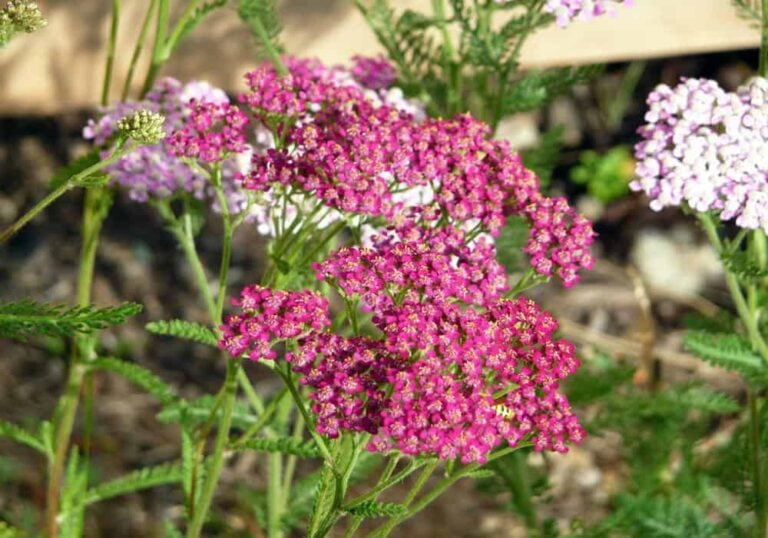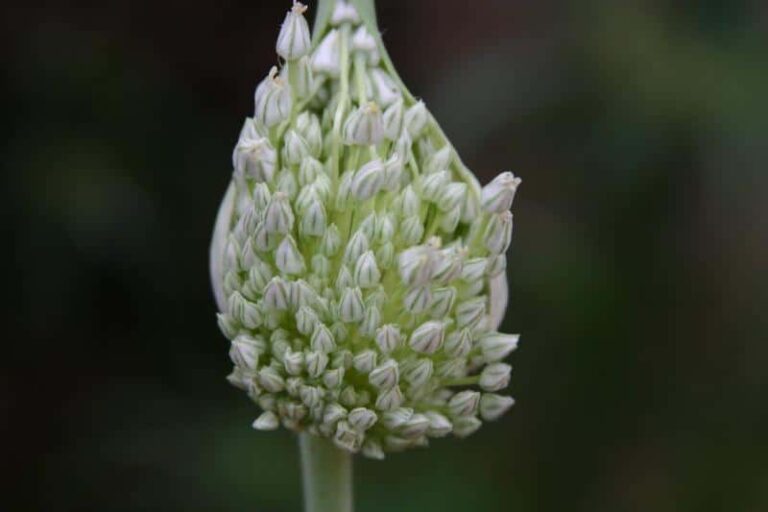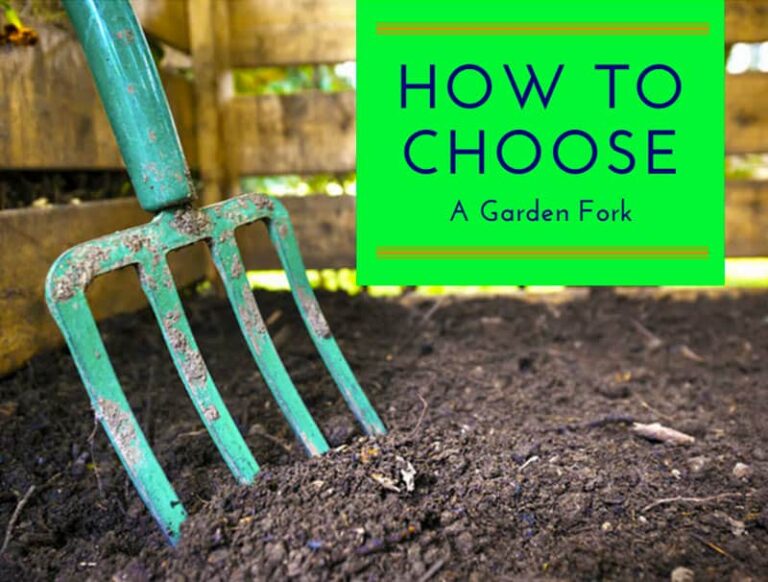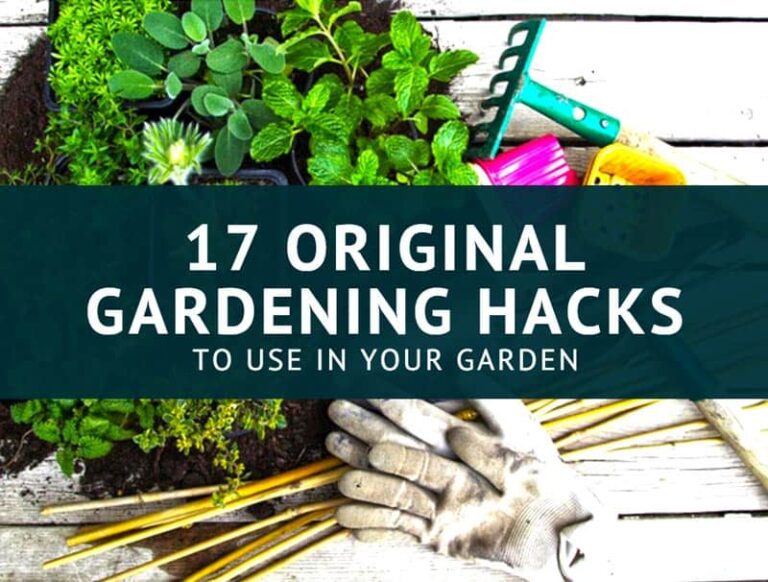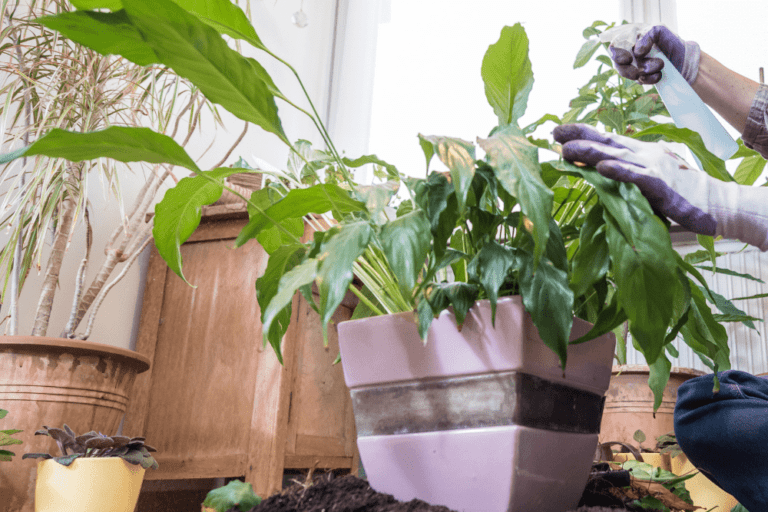Harvesting Broccoli the Right Way
The process for harvesting broccoli is simple, but knowing when to harvest can be tricky, especially for gardeners new to growing broccoli. Harvesting broccoli should be done within an optimal window of a few days to a couple of weeks. The central head should be between 4 and 8 inches in diameter and its florets should be clustered, but beginning to loosen.
Use a sharp knife or scissors to cut the stem about 5 inches below the head. Continue to check daily for side shoots after harvesting the main head of broccoli. Store broccoli in the refrigerator or blanch to freeze.
When to Harvest Broccoli
Broccoli can be a finicky vegetable to harvest. If it’s not harvested during the optimal window, its taste and texture can suffer.

It may take a few seasons of practice to learn when the best time to harvest broccoli is, but you can also benefit from remembering these tips:
- Broccoli is usually harvested in the fall, but can be harvested into winter if you live in a warm region.
- Once you begin to see the center head of broccoli grow, check the plant leaves daily for flower growth. The leaves produce flower buds that usually form in clusters. You should try to harvest your broccoli before the buds turn yellow.
- If the flower buds turn yellow, harvest broccoli immediately. The florets should be dense and the full head should be about 4 to 8 inches in diameter. Its color should be a deep green.
- It is best to harvest broccoli in the morning before the ground and broccoli plants heat up. When harvested in cooler temperatures, broccoli tends to have a better taste.
As a rule, broccoli can take between 50 and 100 days to fully mature after planting. However, the time to harvest depends on if you planted seeds or seedlings and what type of weather you experienced during its growth season.
Related – Broccoli Sprouts
What You Need for Harvesting Broccoli
Most gardeners find it helpful to use a knife or sharp scissors to harvest broccoli, since the stems may be thick and very firm. This also allows you to cut the stem the appropriate way to allow more broccoli head growth after you harvest the central head.
Your knife or scissors should be sharp enough to cut the stem with a quick cut, rather than needing to saw the stem and cause damage.
When you’re ready for harvesting broccoli, have a side-dressing of nitrogen-rich fertilizer ready to apply to the soil to encourage further production of broccoli heads.
How to Harvest Broccoli
When the central head of broccoli reaches between 4 and 8 inches in diameter and its florets begin to loosen a bit, it is ready for harvest. With your sharp knife or scissors, cut the broccoli stem about 5 inches below the central head, on a slant. Use one quick cutting motion, rather than a sawing motion.
This video by ehowgardening demonstrates the correct way to cut a head of broccoli from the plant to prevent damage to the plant:
After Harvesting Broccoli
After the first harvest, you can add some nitrogen-rich fertilizer to the soil near the plant to encourage a high production of side shoots. Once you harvest the main head of broccoli, you should begin to see side shoots appear within a few days. Once the side shoots of broccoli heads appear and mature, you can cut them the same way as you did the central head.
These side shoots are usually smaller than the central head, but will look very similar when they’re ready to harvest. This is the way the broccoli plants try to make seed once their central head is harvested.
For side shoots, look for a deep green color and tightly clustered florets that are beginning to loosen as a sign that they’re ready for harvesting. Side shoots usually have a smaller window to harvest, so you’ll want to keep a very close eye on your broccoli plants once you begin to see them to ensure that you don’t miss the optimal harvesting window.
Eventually, your broccoli side shoots will begin growing smaller and smaller. Once they fail to grow larger, your broccoli plant is no longer harvestable for the season. Most broccoli varieties are annual, so they will only produce for one season. If you want to make the most of your broccoli plants, you can still harvest the leaves now. Broccoli leaves are similar to collard greens in cooking preparation and taste.
Make sure you keep your harvested broccoli completely dry before it’s ready for use. After harvesting, ensure that your plants’ soil is moist, but water the soil rather than the leaves. Excess water can cause your growing broccoli heads to rot.
Storing Broccoli
After harvesting broccoli, you’ll want to cook it within a few days or prepare it for storage in the freezer. If you are cooking it soon, you can store it in a dry, airtight container in the refrigerator for about 5 days.
To store in the freezer for up to a year, you’ll need to prepare your broccoli with a process called blanching. Blanching helps to keep broccoli in its freshest state while reducing the loss of its vitamins and getting rid of bacteria.
Prepare a pot of boiling water and a large bowl of ice water. Cut the broccoli florets into small chunks, about an inch wide and an inch long. Boil the broccoli for about three minutes, stirring frequently to promote an even boil of all pieces.
Use a colander to drain the water from the pot and immediately transfer the boiled broccoli pieces to the bowl of ice water. Soak them for another three minutes in the ice bath to prevent further cooking. This is an important step to ensure that your broccoli stays crisp for when you’re ready to cook it.
Put the broccoli back in the colander for a few minutes to dry as much as possible and use a paper towel to dab excess water from the broccoli. You can then transfer to plastic, airtight freezer bags or use a vacuum-seal device for optimal freshness.
Photo by organiccook licensed under CC0.

